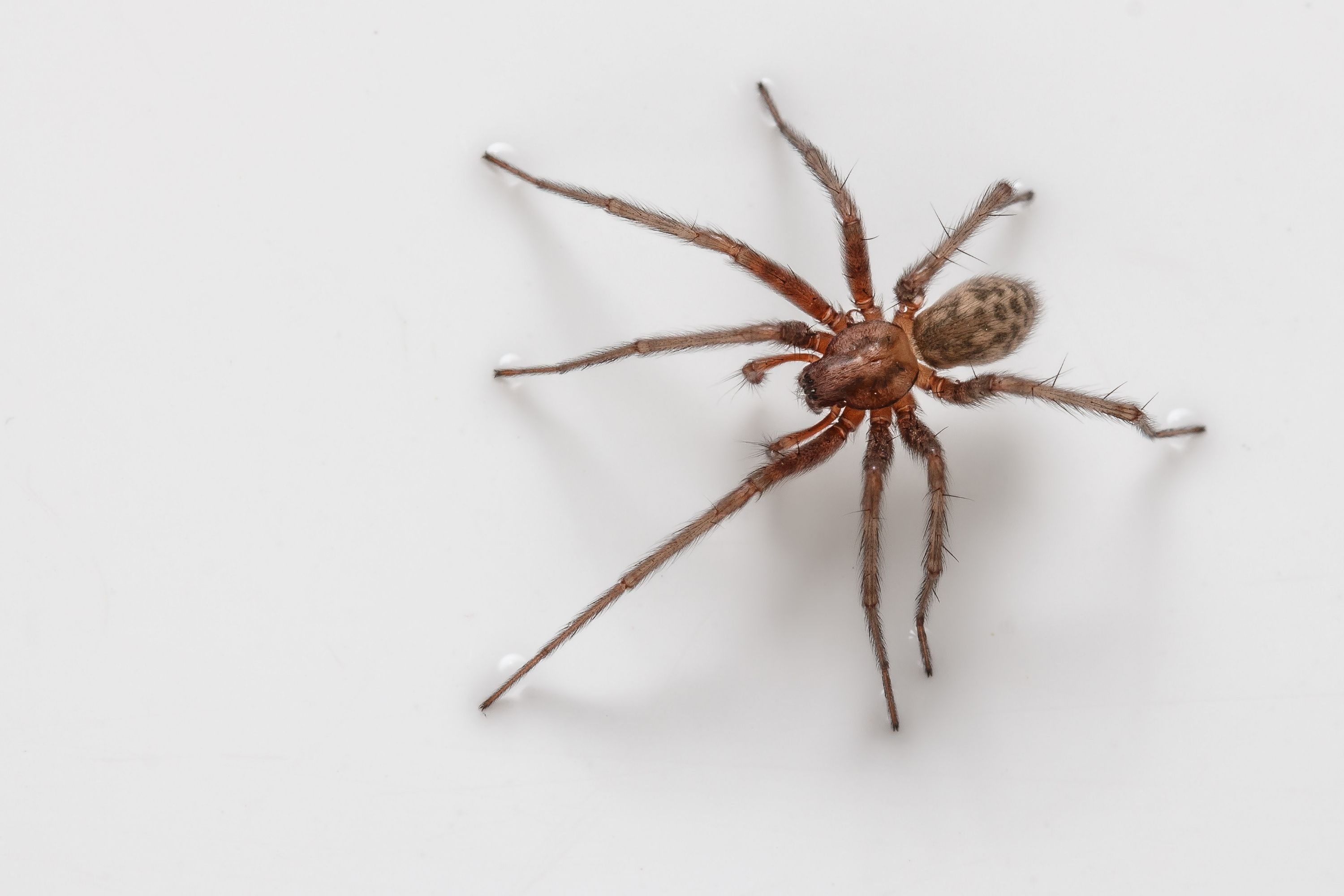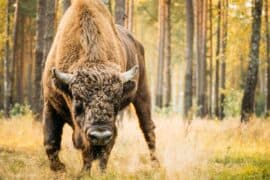Hobo spider
(Eratigena agrestis)

Description
Eratigena agrestis, formerly Tegenaria agrestis is a member of the family of spiders known colloquially as funnel web spiders, but not to be confused with the Australian funnel-web spider. Individuals construct a funnel-shaped structure of silk sheeting and lie in wait at the small end of the funnel for prey insects to blunder onto their webs. Hobo spiders sometimes build their webs in or around human habitations. The hobo spider lays its eggs in September and they hatch during late spring. After the male hobo spider mates it dies. The species was first described in 1802 by naturalist Charles Athanase Walckenaer as Aranea agrestis,in reference to its western European habitat in fields, woods, and under rocks.In 1841, Walckenaer transferred the species to the genus Tegenaria. In 2013, Tegenaria was split up, and the hobo spider was transferred to a new genus Eratigena, an anagram of Tegenaria. Eratigena agrestis is distributed from Europe to Central Asia, and is also found in western North America, in the Pacific Northwest and Great Basin.It is recorded in the checklist of Danish spider species,and is present on the small island of Peberholm, probably having been carried there by foreign trains. It is a resident of fields, avoiding human habitations occupied by major competitors, particularly the giant house spider (Eratigena atrica), which is a common resident of houses and other man-made structures in Europe. As a result, human contacts with the hobo spider are uncommon in Europe.Hobo spiders build a horizontal, trampoline-like web near brick walls or wood piles where the spider has shelter and awaits prey.
Taxonomic tree:







